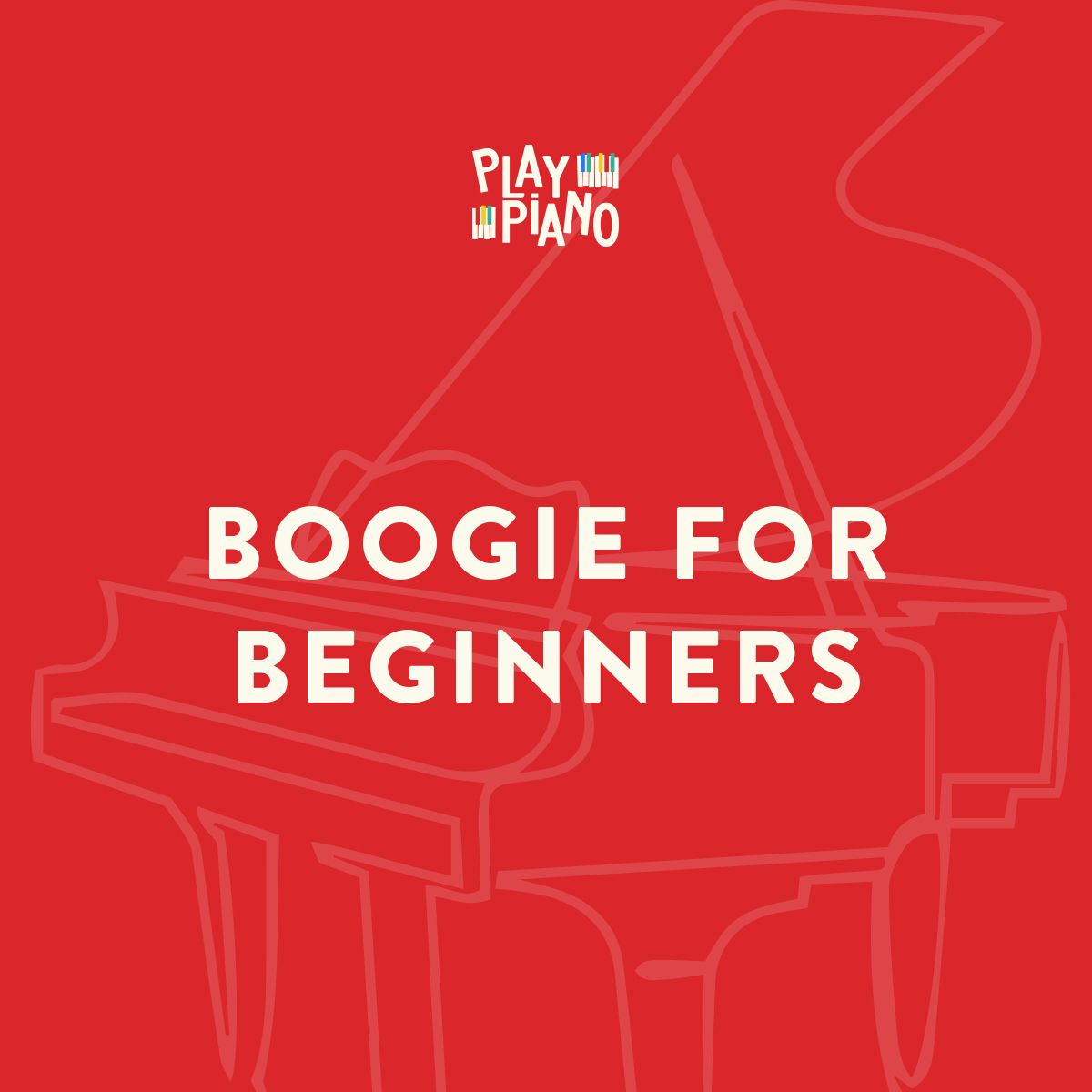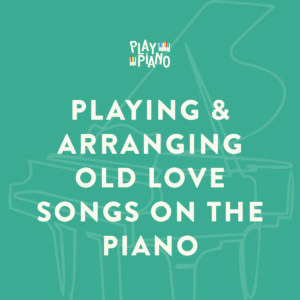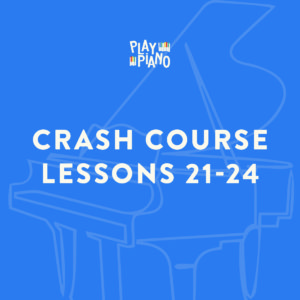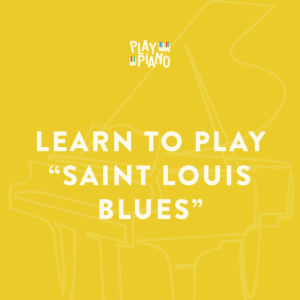Description
If you play the piano a little bit, but not much, and would like to get started playing boogie because its so much fun, this DVD video course is perfect for you. Duane teaches just 4 left-hand boogie patterns and just 3 right-hand boogie patterns, but together they will keep you boogying for a long time. You get a laminated “cheat-sheet” of the patterns along with the DVD video.
Boogie music, also known as boogie woogie, is a genre of piano-heavy music particular to America in the 1940s and 50s. It’s characteristic walking bass is familiar to many as a harkening back to rock and roll, even though the form is based strongly on the blues (in fact, it’s often been called an upbeat version of the blues). Boogie originally started as a strictly piano form; the most familiar versions are still based solely around the instrument. The precise origin of boogie-woogie piano however is uncertain; it was no doubt influenced by early rough music played in the roadhouses and honky tonks in New Orleans and Kansas City and other cities and towns in the south. A couple early boogie-men were W.C. Handy and Jelly Roll Morton, and as it grew in popularity many other pianists adopted the style. But as boogie became more and more popular, so too did the idea of including a whole band. Before long, the once solo genre adapted itself to accommodate an entire band. The latest versions of boogie often include guitar and other instruments, but the piano and drums remain the focal point. Even years later you can hear the influence of boogie in the music of Jerry Lee Lewis, Elvis, Johnny Cash, and many others.
Many boogies (but not all) are based on the familiar 12-bar blues, which is a series of chord progressions using just the I, IV, and V chords:
Typical 12-bar blues:
- Â Â Â Â 4 bars of the I chord
- Â Â Â Â 2 bars of the IV chord
- Â Â Â Â 2 bars of the I chord
- Â Â Â Â 2 bars of the V chord
- Â Â Â Â 2 bars of the I chord
- Â Â Â Â then rinse and repeat
Here is a typical left hand boogie pattern in the key of C that can be played either as single notes or octaves or offset broken octaves:
    C – E – G – A – Bb – A – G – E
    C – E – G – A – Bb – A – G – E
    F – A – C – D – Eb – D – C – A
    C – E – G – A – Bb – A – G – D
    G – B – D – E – F  – E - D – B
    C – E – G – A – Bb – A – G – E
Boogie is often credited as the originator of rock and roll, but that idea isn’t necessarily valid. While boogie definitely played some role in rock and roll’s early days, it was really rhythm and blues that started the form. Boogie, on the other hand, remained an off-shoot of blues and an entity in its own right. It also may have indirectly spawned a dance of the same name, a dance that led largely to boogie being credited as rock and roll’s most dominant predecessor. The boogie dance, an upbeat and energetic social dance with small roots in swing, was danced mostly to rock and roll. It spread through teenage social circles like wildfire and became almost synonymous with rock and roll. As boogie (the dance) continued to grow through the 50s, boogie (the music) began to disappear from the limelight. And as it grew further and further from the mainstream, boogie’s captivating hold on audiences became understood as a product of the dance, not the music. The way in which the two forms of boogie were interchanged often led to confusion about where and when the form originated and how it related to the dance and the inception of rock and roll.
If you are a beginner, you will love this DVD!
This course contains a DVD Video & Laminated Cheat-Sheet








Reviews
There are no reviews yet.